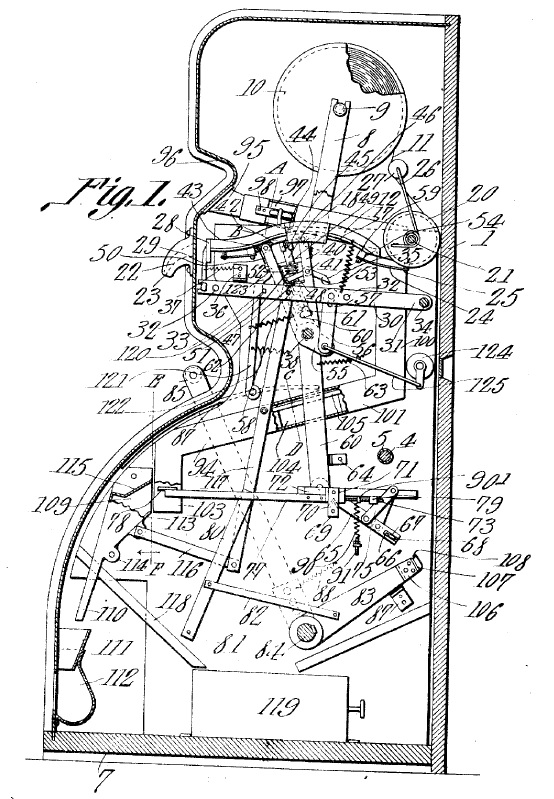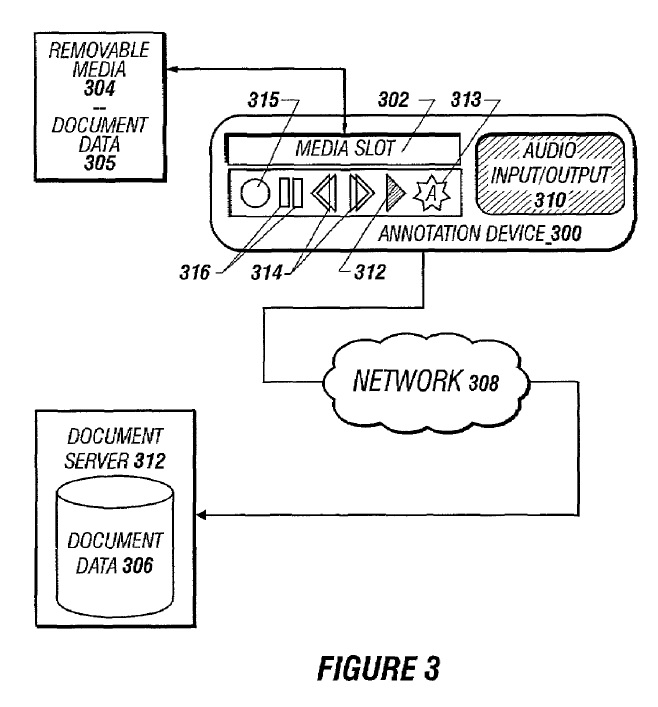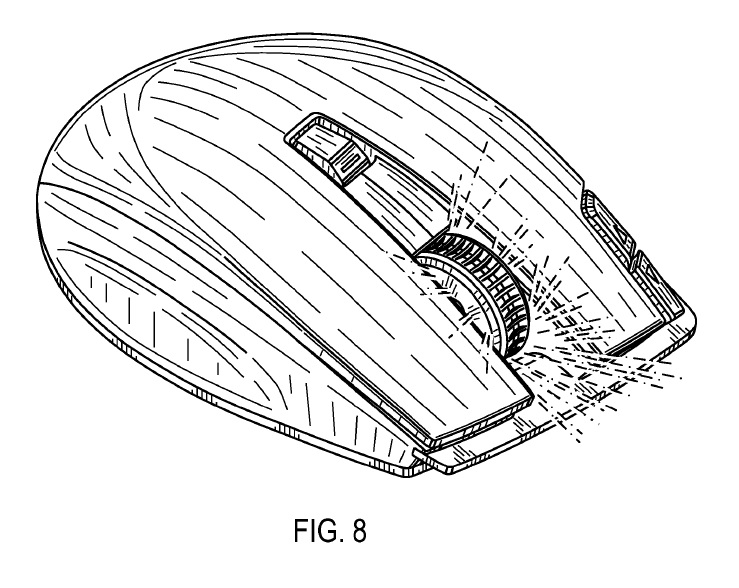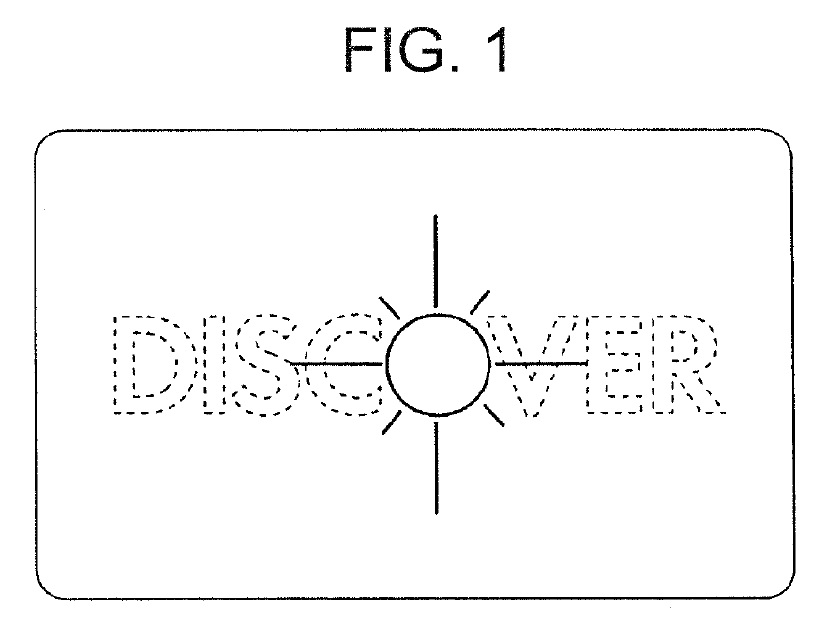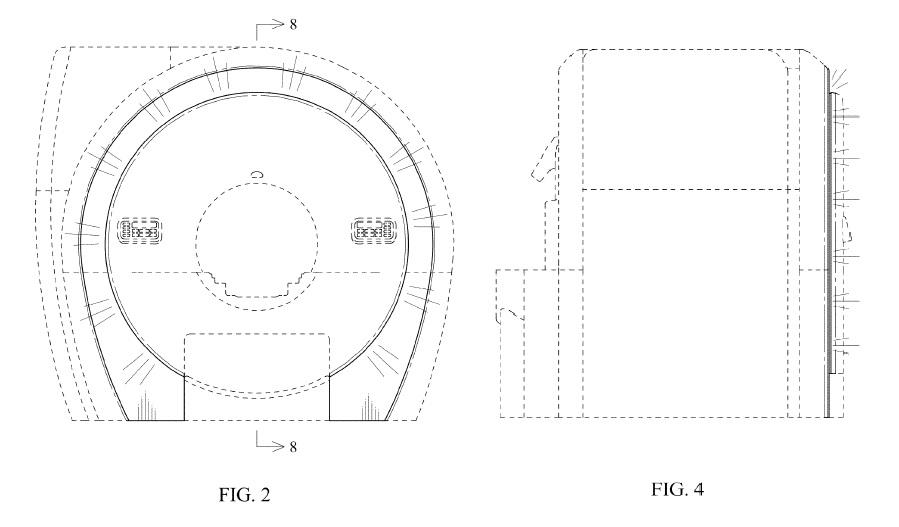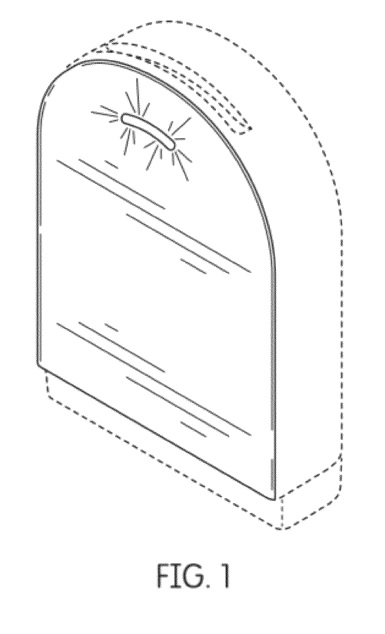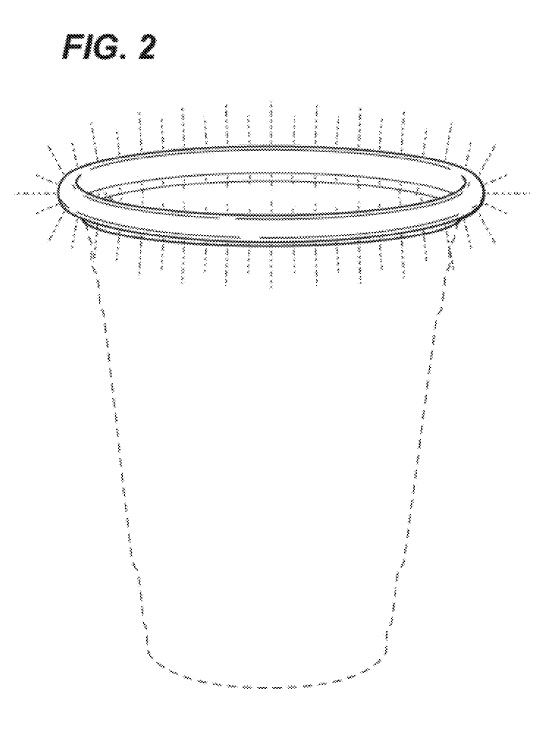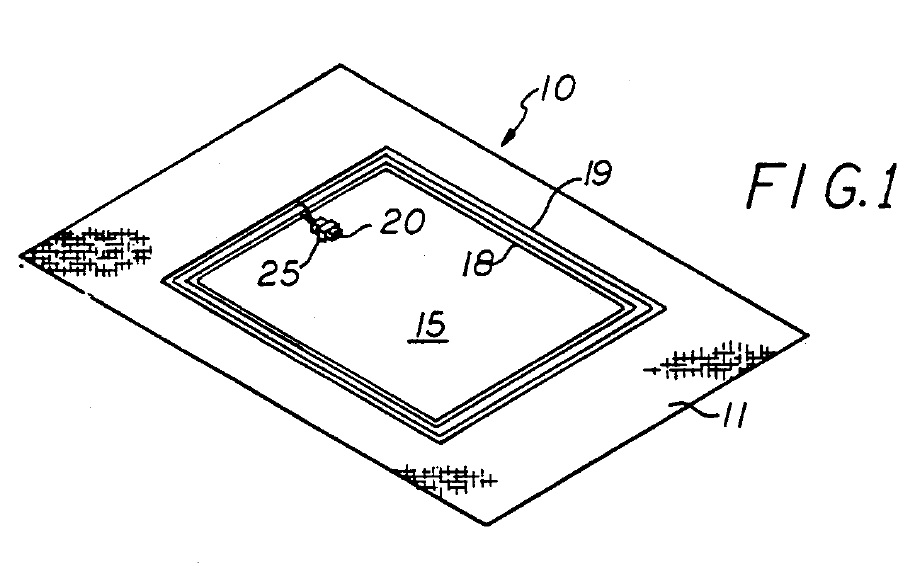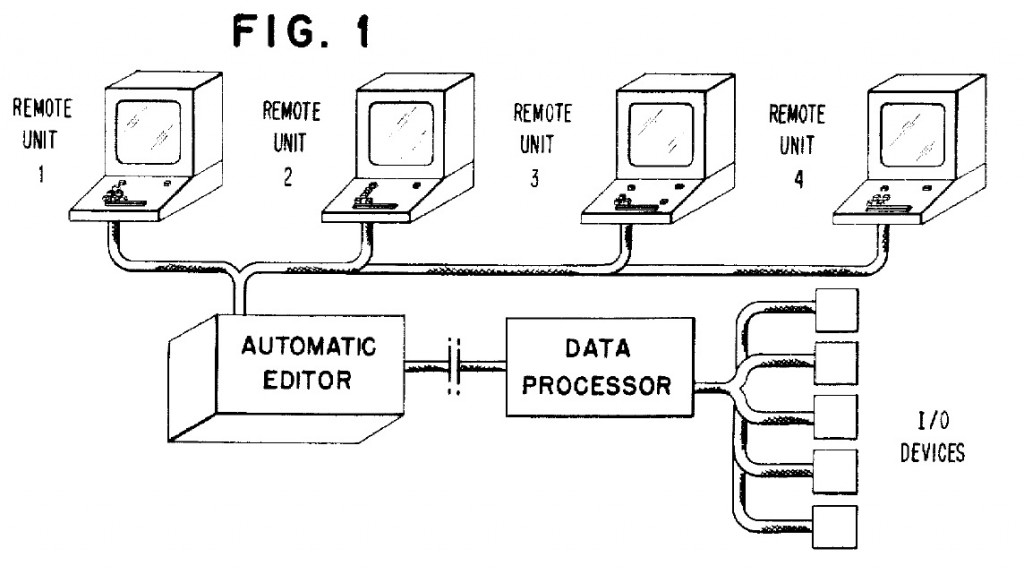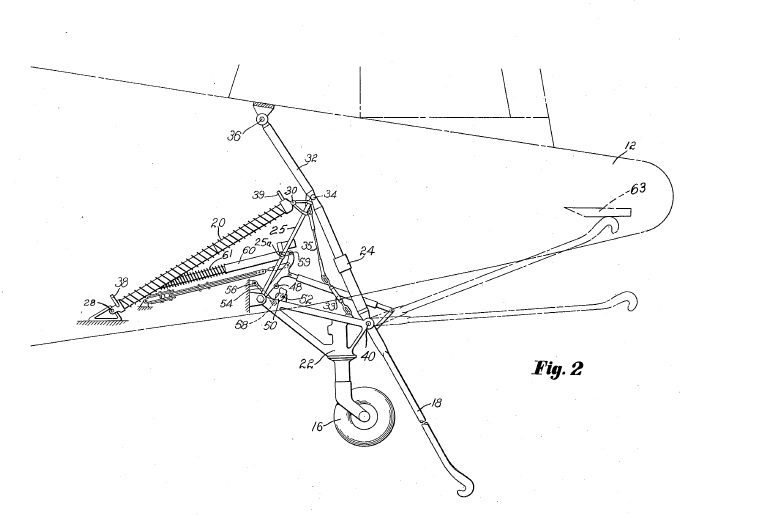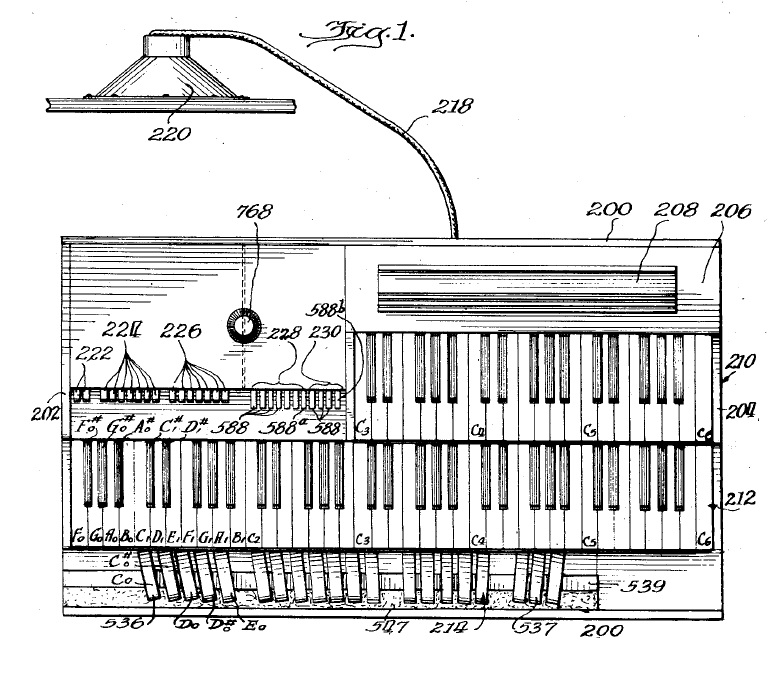On April 30, 1912, U.S. Patent No. 1,025,075 issued to Frank J. Schumann on a Vending-Machine, adapted for postage stamps or tickets — and yet we still wait on long lines to buy both.
Monthly Archives: April 2016
Venue for Patent Infringement Cases is Well Established; a Corporate Defendant can be Sued Wherever it Can be Found
In In re TLC Heartland LLC, [2016-0105] (April 29, 2016), the Federal Circuit denied Heartland petition for mandamus directing the District of Delaware to either dismiss or transfer the patent infringement suit brought by Kraft against Heartland in the District of Delaware.
Heartland is a limited liability company organized and existing under Indiana law and headquartered in Indiana. Heartland was not registered to do business in Delaware, has no local presence in Delaware, has not entered into any supply
contracts in Delaware or called on any accounts there to solicit sales, although it did admit to shipping 44,707 cases of the accused product to the District of Delaware that generated at least $331,000 in revenue.
The Federal Circuit found that Heartland failed to show its right to mandamus was clear and indisputable, rejecting the argument that Heartland did not reside in Delaware for purposes of 28 U.S.C. § 1400(b), and rejecting the argument that the District Court lacked specific personal jurisdiction.
The Federal Circuit rejected Heartland’s contention that amendments to the venue statute statutorily overruled VE Holdings‘ determination 1988 amendments to the venue statute made the definition of corporate residence in the general venue statute, § 1391(c), apply to the patent venue statute, 28 U.S.C. § 1400.
The Federal Circuit also rejected Heartland;s argument that specific jurisdiction only gives the court jurisdiction over those acts occurring in the district. The Federal Circuit rejected the result that to get jurisdiction over all of the acts of infringement, Kraft would have to sue in each state, or sue defendant where it is incorporated.
Venue continues as it has since VE Holdings — a corporate infringer can be sued wherever it can be found.
.
April 29 Patent of the Day
An Illuminating Discussion About Design Patents
Design patents protect the aesthetic appearance of a product or portion of the product. The aesthetic appearance is affected by a number of things, including whether the product is illuminated. However, how does one capture in the USPTO’s preferred black and white line drawings that fact that some or all of the design is illuminated? Pretty much the way you would think. Take, for example, U.S. Patent No. D688245 on a Contoured Mouse, which illustrates illumination with a burst of radiating dashed lines:
the patent explains that the “dash-dot-dash lines shown in Fig 8 represent the illumination at the finger wheel and these lines form no part of the claimed design.” This same technique was used in U.S. Patent No. D688,664, also on a contoured mouse.
Discover Financial Service used a similar technique to illustrate an illuminated portion on their Discover Card in U.S. Patent No. D685419:
The patent explaining that “The circle is the boundary of the illuminated portion. The radiating lines illustrate the glow of the illumination.” Radiating lines were also used to indicate illumination on an MR scanner in U.S. Patent No. D682,026:
Still other examples include: an electronic data module with illuminated region in U.S. Patent No. D670696:
An illuminated cup rim in U.S. Patent No. D670419:
Illumination can be claimed in a design patent, it is simply a matter of illustrating the illumination in the drawings, and describing the drawings properly.
April 28 Patent of the Day
Principles of Equity: Denying Inventors their Constitutionally Promised Exclusivity
Article I, Section 8, Clause 8 of the United States Constitution, empowers the United States Congress:
To promote the Progress of Science and useful Arts, by securing for limited Times to Authors and Inventors the exclusive Right to their respective Writings and Discoveries.
However, the patent laws enacted by Congress don’t always provide what the Constitution intended. In Texas Advanced Optoelectrionic Solutions, Inc, v. Intersil Corp., [4:08-CV-451] the district court recently denied the plaintiff patent owner’s motion for a permanent injunction,finding a lack of irreparable harm. The Court relied upon the fact that the patent owner “viewed a reasonable royalty as sufficient compensation for the Defendant’s past infringement,” The Court then ordered the parties:
to negotiate a royalty rate to address any future harm to the Plaintiff for the remaining life of the ‘981 patent. Such supplemental damages shall be for sales in the Unite States of products found to infringe the Plaintiff’s patent from March 2014 until the expiration of the patent. The parties shall have 30 days from the entry of this order to negotiate a royalty rate. If the parties require additional time, they may so move the court. If the parties are unable to successfully negotiate a royalty rate, the Plaintiff may move the court to impose an ongoing royalty rate.
The case arose when, after entering a confidentiality agreement to explore a possible business relationship, Intersil misappropriated TAOS’ trade secrets, and wilffully infringed TAOS’ patent. Despite Intersil’s bad conduct, and the fact the parties were actually competing in the marketplace, the Constitution’s promise of exclusivity is denied on principles of equity.

